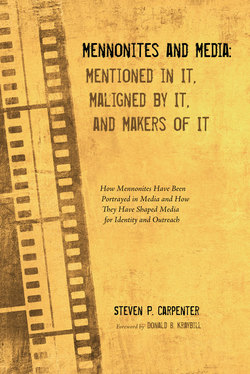Описание книги
Anabaptists and Mennonites have often been the subject of media scrutiny: sometimes admired, at other times maligned. Luther called them schwarmar, a German word meaning «fanatics» that alludes to a swarm of bees. In contrast, American independent film producer John Sayles drew inspiration from Mennonite conscientious objectors for his 1987 award-winning film, Matewan. Voltaire's Candide features a virtuous Anabaptist. Oscar Wilde's play The Importance of Being Earnest contains an Anabaptist reference. An Anabaptist chaplain is central to Joseph Heller's antiwar classic, Catch-22. President Lincoln and General Stonewall Jackson both had something to say about Mennonites. Garrison Keillor tells Mennonite jokes. These are just a few of the dozens of fascinating media references, dating from the early 1500s through the present, which are chronicled and analyzed here. Mennonites, although often considered media-shy, have in fact used media to great advantage in shaping their faith and identity. Beginning with the Martyrs Mirror, this book examines the writings of Mennonite authors John Howard Yoder, Donald Kraybill, Rudy Wiebe, Rhoda Janzen, and Malcolm Gladwell. Citing books, film, art, theater, and Ngram, the online culturomic tool developed by Harvard University and Google, the author demonstrates that Mennonites «punch above their weight class» in the media, and especially in print.
